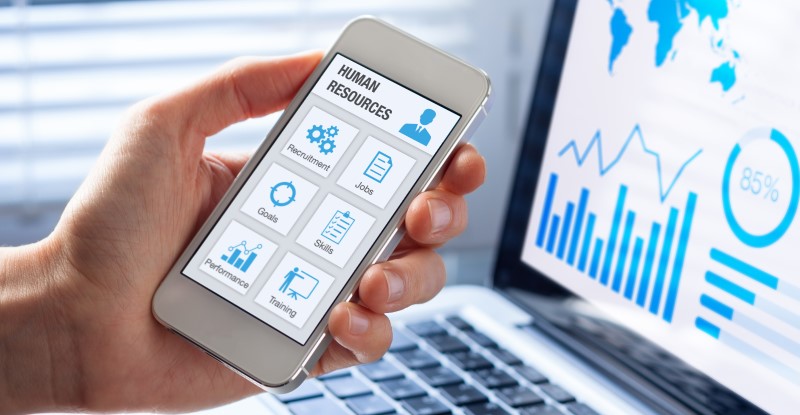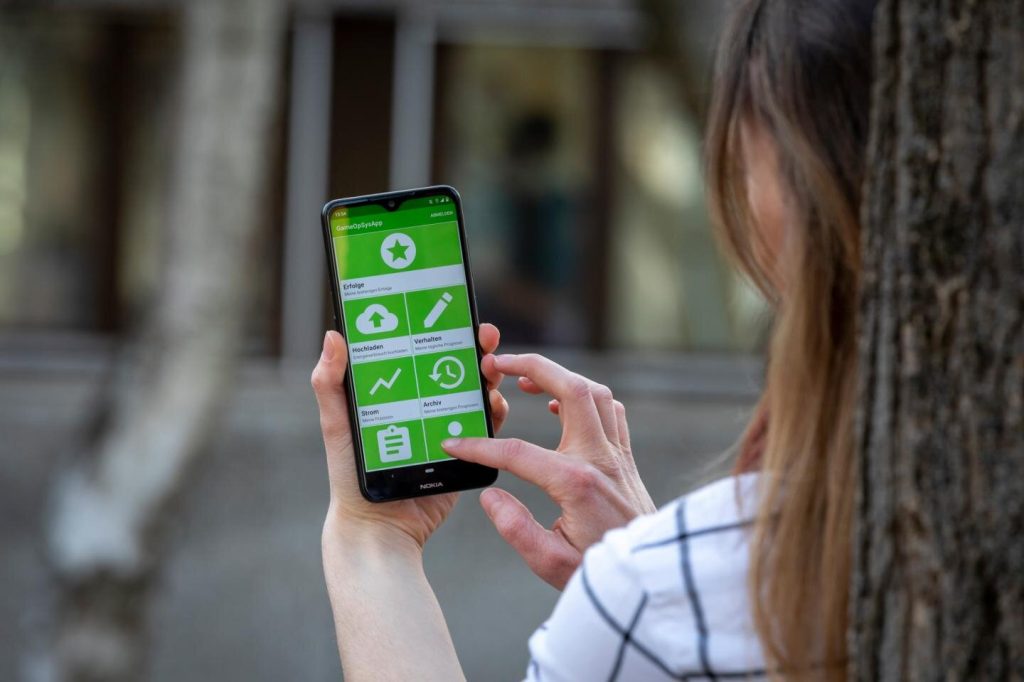
Employee engagement is defined by Forbes as “an employee’s emotional commitment to an organization and its goals.” It is an important part of our internal communication strategy on human rights. Engaged employees are not only concerned with their future salary, they care about their organization and want it to succeed. Employee engagement helps companies reach their full potential by opening communication channels and increasing productivity, as highly engaged employees are 38% more likely to achieve above average productivity (Workplace Resources Foundation).
A Gallup study found that companies with high employee engagement are 21% more productive and 22% more productive than companies with low employee engagement, not to mention higher retention rates. It helps employees fulfill their professional and personal needs that lead to self-actualization, as well as their desire to make a social impact. They want to have a say in the business and feel part of a team working towards a common goal. But most importantly, I want to feel appreciated. It is not just a means of profit. Employee engagement currently ranks fourth on the list of most important global trends.
However, according to Deloitte’s survey, only 22% of organizations are differentiated by employee engagement. Gallup reports that only 29% of its workforce is engaged. The remaining 71% are either not involved or not actively involved. This is a crisis! The closures will reduce operating profit by 33% and reduce profit growth by 11%.
The main reason for a breakup is the deterioration of the relationship between the two. Poor communication from management to remote workers (freelancers make up 80% of the global workforce), disconnection from company vision and goals, and lack of a platform for employees to interact with management are factors that encourage disengagement. does Unfortunately, 65% of all customer losses can be attributed to employee layoffs.
Mobile App – Increased Employee Engagement
Technology plays a key role in engaging HR across the workforce. It helps to increase the emotional commitment of employees towards the organization and its goals, thereby exercising discretionary effort by employees. According to Adobe, there is a direct correlation between technology, employee engagement, and employee retention. 85% of employees who believe their company’s technology is superior to others say they like their job. 70% of employees surveyed believe that technology helps them improve their work-life balance.
Mobile technology provides many benefits for employee engagement. Internets and corporate social networks offer endless possibilities, but a limited set of tools and information. They cannot facilitate feedback, are easily overwhelmed, cannot measure engagement, and cannot be used outside of the office. Mobile devices, on the other hand, can access the entire global workforce, collect data and provide feedback, and generate interactive issue insights and reports. Mobile apps are a key element in enabling employees to stay connected to tools and resources, both onsite and offsite.
According to Dale Carnegie, companies with engaged employees are 202% more productive than their peers. Employees use mobile phones 99% of the time. This means distributed teams can receive real-time messages, send feedback, receive real-time updates, news and announcements, and collaborate through mobile apps. Access important videos from anywhere in the world.
Mobile apps can easily customize their look and feel to balance global and local. Employees can share, discuss and interact with company information while working. Leading companies such as Rehab Care, Standard Chartered Bank, Alaska Airlines and Cisco are using mobile apps to increase engagement, save time, improve employee training, improve service delivery, simplify service delivery and reduce costs, and better for communication and cooperation. . . On the other hand, Unilever decided to develop multiple HR programs for each plant and division.
Now let’s take a closer look at how mobile apps can help HR and increase employee engagement.
Flexible workforce mobile management on a global scale
82% of remote workers feel less stressed, 80% have higher self-confidence and morale, and 69% have fewer days off. The results of the PGi Telework Week survey above highlight the necessity of telework. Companies can use ubiquitous mobile technology to encourage employees to work remotely, among other available technologies. Not only does this allow HR to reap the benefits of a more motivated, happier and more productive workforce, it also reduces overhead and retains employees by keeping them at home.
Employees can work anytime, anywhere. In the case of minor illnesses, the work can be conveniently done from home, and if the customer has an urgent need, the employees can work from a mobile phone on the go.
Performance development
By enabling all aspects of a mobile-enabled workplace, HR can streamline workflows, reduce information clutter, and increase on-target reporting.
For example, Alaska Airlines, which employs more than 9,800 people, flies 117 aircraft to 91 destinations in the United States. Pilots must carry 25 paper manuals a day. These must be reprinted each time the information changes. The airline provides all pilots with iPad tablets with up-to-date manuals updated immediately before and after each flight. Alaska Airlines estimates it saves more than 2.4 million sheets of paper and more than 25 pounds of flight weight in areas where weight is a major concern. This decision improved decision-making and reduced operating costs, which increased efficiency.
With HR mobile apps, you can assign tasks to specific employees, set deadlines and milestones, and then track those tasks until they are completed. You can save time by automating repetitive tasks and move easily between different devices and locations without delaying the achievement of organizational goals.
HR also uses customer and company data in mobile applications so that employees have immediate access to the information they need. Some mobile apps also offer offline functionality so employees can continue working even when they’re not connected. Mobile apps and technology increase productivity in the workplace.
Collaboration and better collaboration
Research shows that when employees feel connected to their coworkers, their interactions at work improve. The problem with multinational companies is that teams are often disconnected, leaving employees isolated. Mobile apps offer a much more efficient way for disconnected teams to interact and interact. You can easily access the contacts of your colleagues, simply send messages to each other and stay in touch to strengthen your relationships.
Training
One of the key functions of human resources is to provide employees with opportunities for continuous learning and development. HR must use training technology to provide comprehensive HR support to its employees. Applications with menu-driven information systems make it easier for employees to search for information. A just-in-time (JIT) learning approach helps employees get the information they need to solve a problem or complete a task in small steps. This makes the learning process exciting, easy and fast, so employees can immediately reinforce what they’ve learned.
When employees learn what they need right away, they want to show off their newly acquired skills and knowledge. They can understand the value of learning new skills and how they contribute to the overall success of the organization. This helps increase employee engagement.
The mobile application helps HR measure employee engagement
Mobile is the primary channel for employers to conduct surveys. Beyond capturing and reporting data, however, mobile apps can add value through measurement capabilities in the realm of employee interaction. can do:
- Effectively measure employee engagement with content and help gather feedback on company messages and initiatives.
- Continuous management support of questionnaires, surveys and information
- Mobile devices can leverage the future analytics capabilities of technologies like big data and artificial intelligence for form dashboards and engagement scores that provide real-time insights to map workforce engagement in real-time.
Final thoughts
Mobile technology offers a whole new world of possibilities in today’s complex business environment and competitive job market. With a younger workforce and higher expectations for the consumer experience, HR managers may be turning to mobility to keep employees happy while improving productivity. Mobile apps introduce a new two-way communication process between employees and the business and can significantly improve employee engagement.


